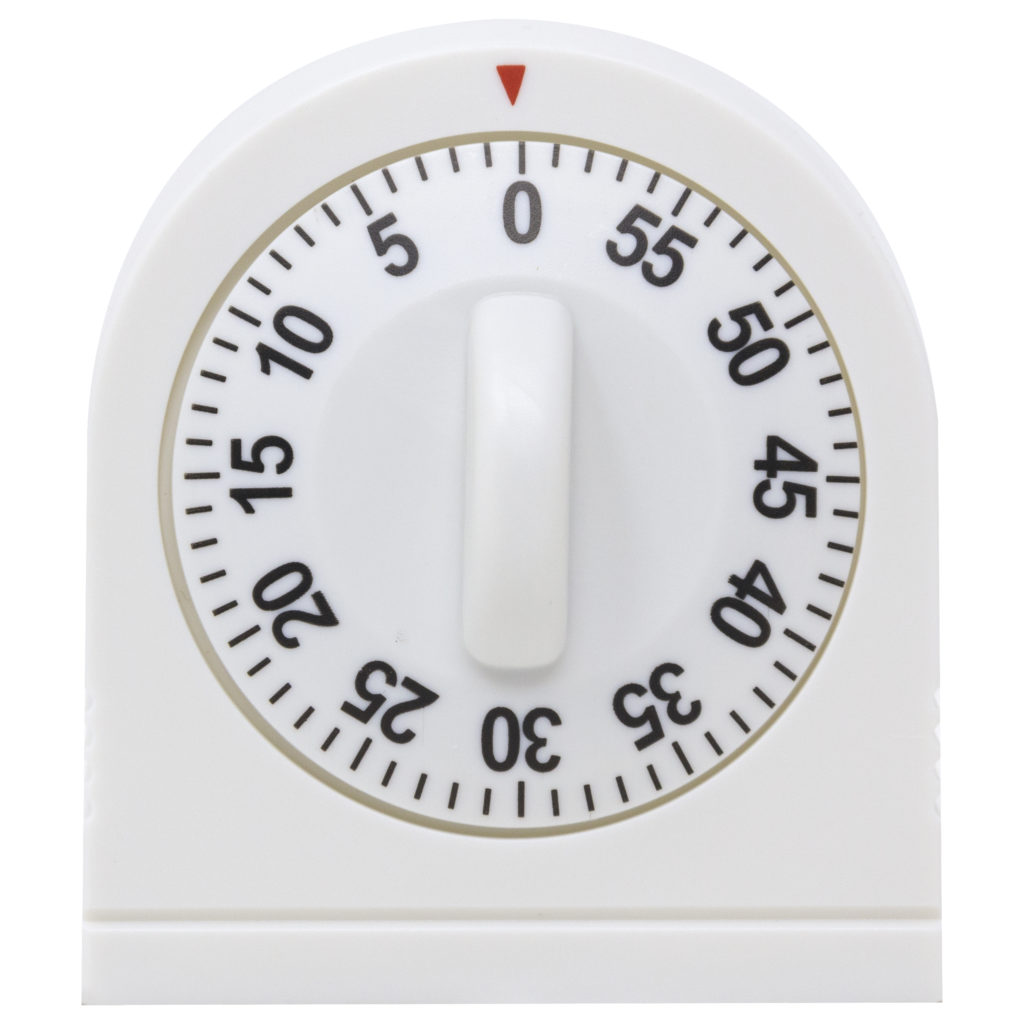
This post was written in conjunction with Ep. 317 of the Strength Coach Podcast
In part one of this series, Coach Dan McGinley discussed what we mean by “sticking to the recipe”, and he gave a brief description of each “ingredient” that makes up our training recipe at Certified Functional Strength Coach.
Today, in part two , I will be sharing with you how much time you should spend doing each of the 7 ingredients. As a reminder those 7 “ingredients” are:
For context, our athlete group workouts last about 75 minutes while our adult class will come in at about 60 minutes. Most people train with us 2 or 3 days a week.
As mentioned we begin our workouts with foam rolling. Foam rolling will comprise anywhere from 3 to 5 minutes of our workout. Young athletes have tissue quality like that of filet mignon, while adults have tissue quality like that of beef jerky.
Therefore, the older you are the more time we will likely spend working on soft tissue to start the workout. It is highly encouraged that after a client or athletes learns to foam roll that they come in early to do some extra soft tissue work on their own. Self administered soft tissue work also makes for great home work.
Next in our recipe we add our mobility & stretch ingredients. This will also comprise 3 to 5 minutes of the workout depending on the needs of the group. This step is also where we include breath practice into all of our mobility drills and stretches.
Now that we’ve down regulated the nervous system and added some tissue length we will begin to use that mobility by adding in some low threshold stability drills and muscle activation techniques to our recipe. This will take up another 3 to 5 minutes of our program. Other common buzz words for the exercises added in this part of the recipe: “correctives” and “motor control”.
Moving on, we now add speed to the recipe in the form of a dynamic warm up and ladder drills. All that mobility and stability we worked on the first 9-15 minutes of the workout will be trained and tested by mid and end range dynamic flexibility and locomotion.
The dynamic warm up and/ladders drills take up 5 to 8 minutes of the workout.
If we’ve followed the recipe correctly so far, the athlete’s body will be primed for the power, strength and conditioning sections that are to follow. The first 14 to 23 minutes of our recipe helps to groove movement patterns, explore end ranges, and increase tissue pliability and temperature.
Now that we’ve had our vegetables let’s get to the meat & potatoes of the workout. First, the meat, known in our recipe as “light implement power”. This part of the workout includes medicine ball throws for the upper body and jumps, hops, bounds, skips, and sprints for the lower body. This ingredient can take anywhere from 5 to 12 minutes.
The “light implement power” section is where our adult programs and athlete programs differ the most and makes up for the majority of the time difference between the workout durations (adult workouts last 55 to 60 minutes while athlete workouts can last 75 minutes +).
Our athlete program includes more true speed development and plyometric work while the adult clients will only progress through our lowest level medicine ball and plyometric drills and avoid true sprint work due to injury risk.
As for the potatoes of the workout we will strength train in two or three circuits for 25 to 30 minutes, being sure to cover our 11 main movement patterns.
Those 11 movements being:
Finally we finish the workout with conditioning. This final part of the recipe will comprise 5 to 8 minutes of the workout. The most common conditioning equipment we use are the reciprocal AirDyne or Assault bike, slide boards, and sled along with tempo and timed shuttle runs. All of our conditioning is done in intervals due to time constraints and most of our athletes get their aerobic base from practicing and playing their sport. Adults are highly encouraged to perform light aerobic activity on the day they do not come to the gym.
There you have it, how much time should I spend on each step of the recipe?
When it comes to sticking to the recipe, The key is to figure out whether you are a line cook, a sous-chef or a head chef.
So if you are a new coach, choose a recipe designed by a chef and then do a great job coaching that chef’s program.
The best way to learn is from someone who is already doing or who has already done what it is you want to do… this person is colloquially known as a mentor.